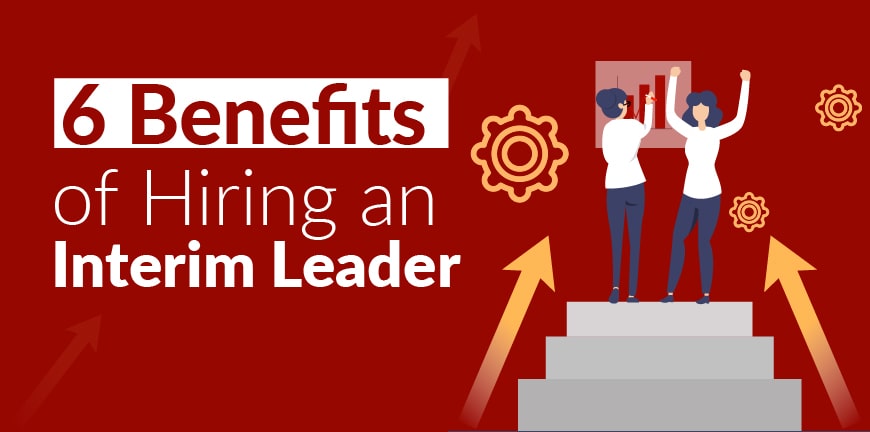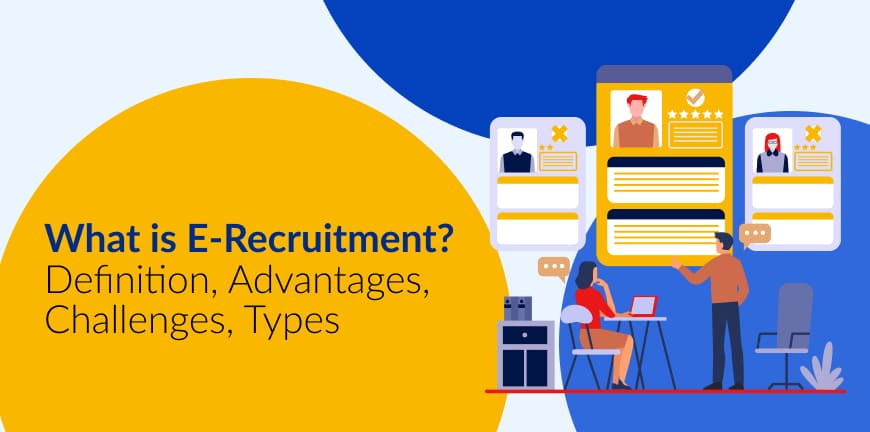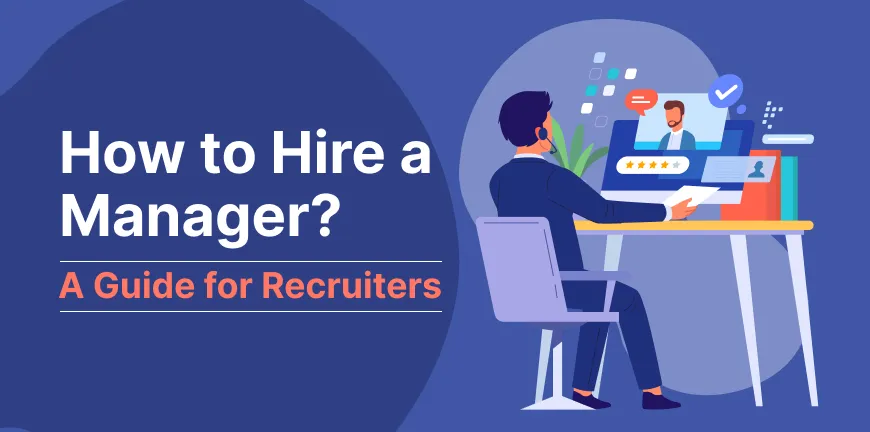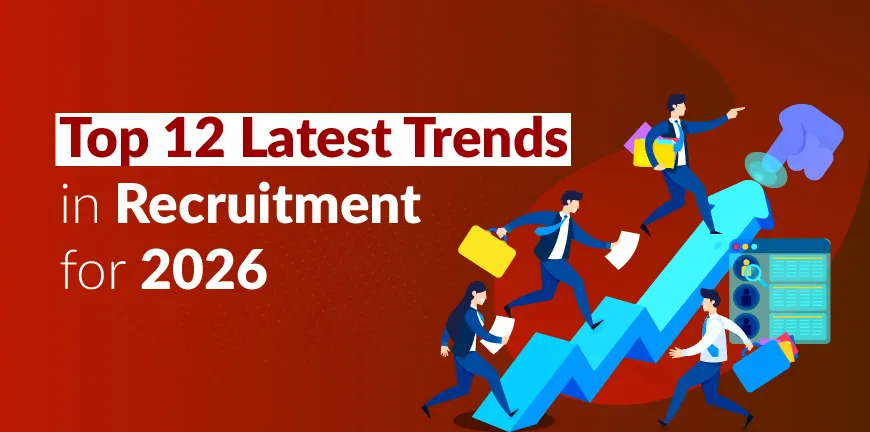
9 Techniques for Onboarding Apprentices in the Automobile Industry
16/02/2024
How to Set Up a Payroll for Your Business?
21/02/2024In the corporate world, stepping in as an interim leader can sometimes feel like being the substitute teacher deployed to mind the kids and the classes until the “real” leader returns. While the leadership role is temporary and presents some unique challenges, it can also provide unforeseen opportunities in certain situations. Anyone who has been in this type of leadership situation before can certainly relate to this.
According to Tom Wilson, president at Frederickson Partners, a Gallagher Company. “Interim leadership roles allow experienced executives to balance professional ambition with personal wellbeing and job satisfaction.” As for organizations, hiring interim executives could serve as a strategy that would allow them to navigate transitional periods, crises, business surges, or other changes effectively by leveraging the expertise of temporary leaders.”
According to SHRM (Strategic Human Resource Management), a short-term or interim executive is a seasoned expert who steps in temporarily to provide stability, leadership, and direction during times of change or uncertainty. “This role isn’t intended as a permanent solution, but a temporary measure to navigate challenges and effectively implement positive transformations.”
Now that we have established what some of the best industry leaders and companies think of interim leaders, let us see how exactly they would be beneficial for the organization.
Who is an interim leader?
An interim leader or an interim executive takes up a leadership position for a specified length of time. Like every other traditional leader, an interim leader must take up all the responsibilities of a leader and craft a growth pattern for the organization during their limited tenure. While it may not be a permanent position, it can still have an incredible impact.
In many cases, an interim leadership role can serve as a chance for you to prove that you have what it takes to assume this role long-term.
Some of the major responsibilities of an interim leader can include overseeing operations, personnel management, preparing financial budgets, and driving the mission and focus of the organization.
Many organizations that require new leadership or are looking to bring in a new interim leader tend to hesitate. Reasons could vary from worrying about the new addition getting too expensive, requiring too much onboarding, or the slacking of the new interim leader in terms of work.
Of course, these concerns are valid. But sometimes, when you take a chance on interim leadership, you may be able to see a rocky to smooth transition.
What factors should the Board consider when selecting an Interim leader?
There are some qualities that the board needs to consider before selecting an interim leader for their organization. Some of the important qualities an interim leader must have-
- Knack for collaboration- someone with experience and gravitas
- Appreciates the role of leadership and governance.
- Someone with short-term and long-term vision in case of an interim CEO
If the board is looking for a COO, CFO (Chief Financial Officer), CHRO, etc, they would want someone with higher intelligence, one who can educate them, answer their questions, and provide them with guidance.
If an interim leader needs to have a successful tenure, then a fruitful relationship with the board is critical.
What are the Benefits of Hiring an Interim Leader?
An interim leader gives you a bird’s-eye view of the organization and can address every aspect of the organization that needs addressing, whether it’s fundraising, organizational, or administrative challenges.
Some of the major benefits of hiring an interim leader are-
1. Allows you the time to look for the next executive director
C-level executive searches take a while sometimes. Finding the organization’s next leader is not an easy task. You need to allow yourself some time to research and find the right person. It takes the pressure off hiring managers to hire someone immediately, risking a bad hire.
According to a Scalewise article, a bad hire can cost the company up to 27 times the person’s salary. With an interim leader assume all the responsibilities of a C-level leader during this time will give you the time to find the next best person to assume the Executive leadership.
2. Increased Morale
Employees’ morale is critical for an organization’s growth. An interim leader can prove to be a great asset in terms of boosting morale. They bring a fresh perspective to the team, which brings out innovative solutions to problems, fostering a healthy collaborative relationship. Interim leaders can
- Provide the right support to team members in times of transition and changes, and help maintain their morale.
- Provide an objective and impartial view of the team’s performance, eliminating bias.
- Help the team identify their weaknesses and guide them to improve in those areas.
3. Fresh Perspective
Individuals you hire as interim leaders would have worked in that position for years in different companies in a wide variety of facilities. Given the unique nature of their position, they would have had quite an interesting and rich experience. This experience allows them to churn out innovative ideas and help make certain necessary changes in your organization, making it more efficient and effective.
4. Cost-effective
Hiring interim leaders can be extremely cost-effective for organizations. How? Consider this. If you are looking for a cost vs benefit ratio while hiring an interim manager and their management, factor in the cost of tasks not being completed to maintain a functional organizational structure. The benefits would heavily outweigh the costs incurred from hiring an interim leader.
5. A seamless transition and effective fit
Periods of leadership transition can be turbulent times for any organization. The exit of a C-level leader can be a tough time as they would have a set way of operating and handling the way things run in an organization. Interim leaders help to ensure that operations run smoothly during the search for a permanent leader. They come with no strings attached but with all the qualities required for a seamless transition into the organization for a prescribed period. And once that permanent leader is found, the interim will know enough about the role and organization to pass along their knowledge and perspective.
6. Smooth running of the business
Higher leadership positions sometimes mean more stakeholders have a say in who occupies the position. An interim leader can keep the organization moving forward while allowing for longer hiring time. An interim leader addresses concerns, providing a steady hand during the transition. Interim leaders can also mentor and guide the remaining staff to increase employee satisfaction. In addition, temporary leaders can ensure that an organization has the necessary staff and equipment to deliver the best outcomes while remaining within budget.
Interim leadership roles are certainly not without their unique challenges. But if you play it right and if you are intentional about your role, you may be surprised at the lasting impact you can have. You never know, you may also find that you learn a thing or two about yourself along the way.
If you choose to work with an interim leader, you are getting a senior professional who is going to care about your mission and your team and keep things going until you find the perfect new leader for your team.
Contact Us For Business Enquiry

Amit Saproo
Amit Saproo is the Head of Operations at ALP Consulting with nearly 17 years of experience in Executive Search, RPO, Leadership, and IT & Engineering recruitment. He leads nationwide recruitment programs across Technology, BFSI, and R&D domains, driving strategic hiring solutions for diverse client needs. Amit excels in building and managing high-performance teams that deliver scalable, end-to-end recruitment and consulting services.




